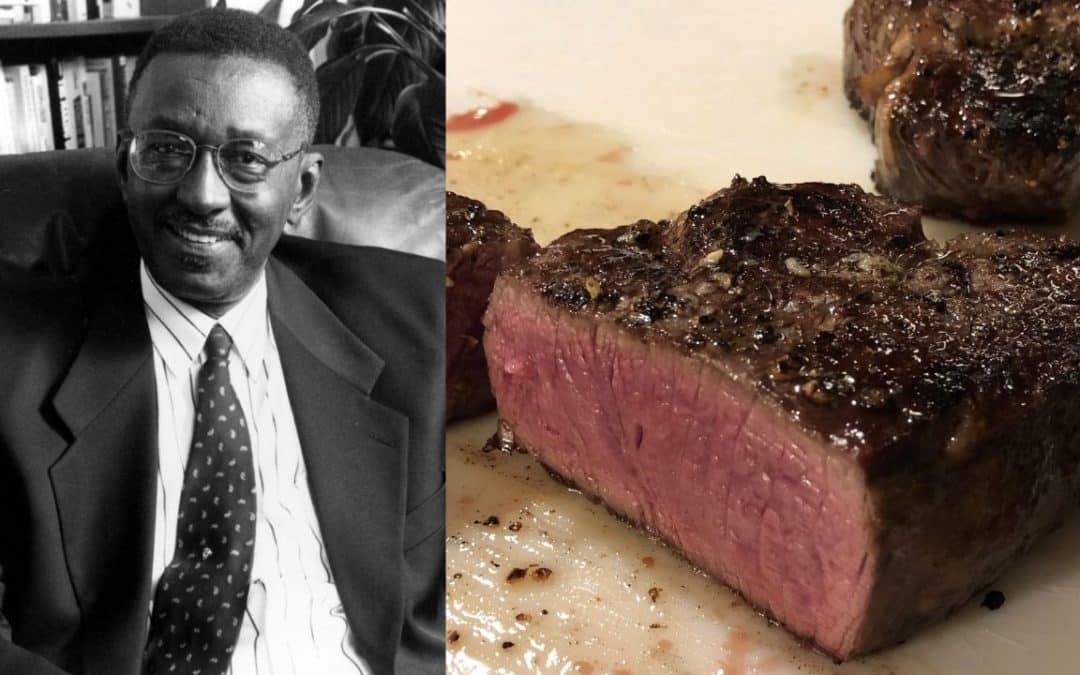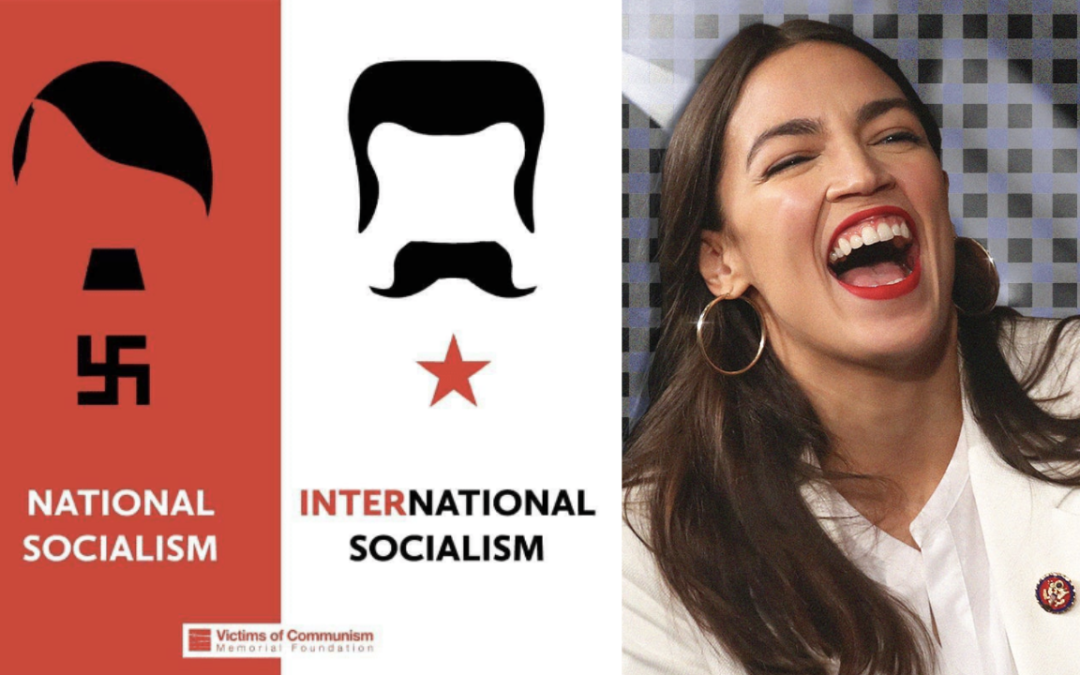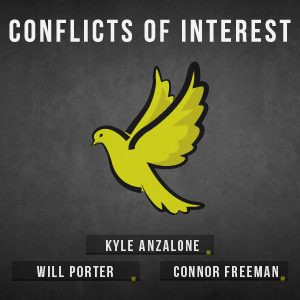Consider filet mignon and chuck steak. Assume-realistically-that consumers prefer the former. Then the question becomes: why is it, despite consumer preferences, that chuck steak sells at all? The fact is that chuck steak outsells filet mignon. How does something less preferred compete with something more preferred? It does so by offering what economists call "compensating differences." In other words, as you wheel your shopping cart down the aisle, chuck steak "says" to you, "I don't look as nice as filet mignon; I'm not as tender and tasty; but I'm not as expensive either. I sell...

















